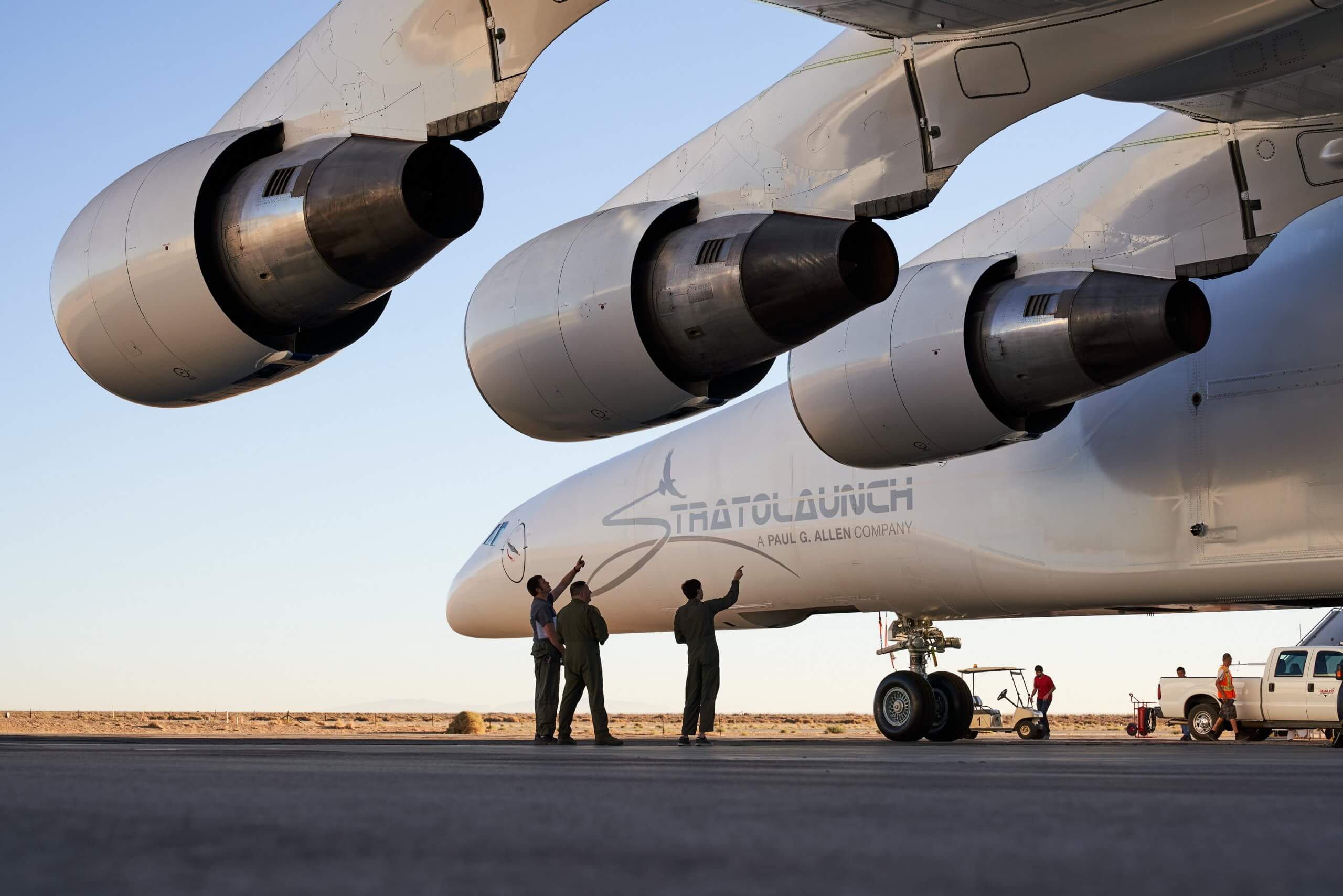What just happened? The Stratolaunch is a gigantic aircraft designed to carry rockets into the stratosphere and yesterday it completed its first flight. Lasting 150 minutes, the 385 ft wide plane reached a maximum speed of 189 mph and a height of 16,000 ft without a hitch, performing smoothly and just as expected.

The Stratolaunch is 385 ft (117m) wide, 238 ft (73m) long and 50 ft (15m) tall. It weighs 500,000 pounds (250 tons) empty, but full of fuel and with a rocket payload, it can weigh as much as 1,300,000 pounds (650 tons). To push all that weight, it uses two fuselages each with three Boeing 747 engines attached that can take it up to 35,000 ft and 2,000 nautical miles (3,704km).
“It was an emotional moment for me, personally, to watch this majestic bird take flight,” Stratolaunch’s CEO Jean Floyd said during a press call. "All of you have been very patient and very tolerant over the years waiting for us to get this big bird off the ground, and we finally did it.”
The Stratolaunch is the furthest into the development of future rocket bearing aircraft, but it isn’t alone. There’s great demand for a way to launch rockets more cheaply and from more locations, and gigantic aircraft are reusable (unlike many rockets), can take off from most large airports and their flights are less weather dependent.

Stratolaunch was formerly partnered with SpaceX, but the latter ended that partnership to focus on launching their reusable rockets. Stratolaunch has now made a deal with Northrop Grumman to launch their Pegasus rockets, the first privately developed rocket and the first to use an aircraft to launch it. However, at 29 the Pegasus is starting to show its age.
While the flight was a proud moment for Stratolaunch, it was bittersweet for the many engineers that wished Microsoft and Stratolaunch founder Paul Allen could have celebrated the success. Allen passed away last October from non-Hodgkin's Lymphoma. "Even though he wasn't there today, as the plane lifted gracefully from the runway, I did whisper a 'thank you' to Paul for allowing me to be a part of this remarkable achievement," Floyd said.
While the flight was a success in every measure, there’s still a long road ahead. When asked, Stratolaunch employees couldn’t pin down a schedule for future flights and couldn’t guess when the first commercial operation might take place.
https://www.techspot.com/news/79648-world-largest-plane-completes-successful-first-flight.html